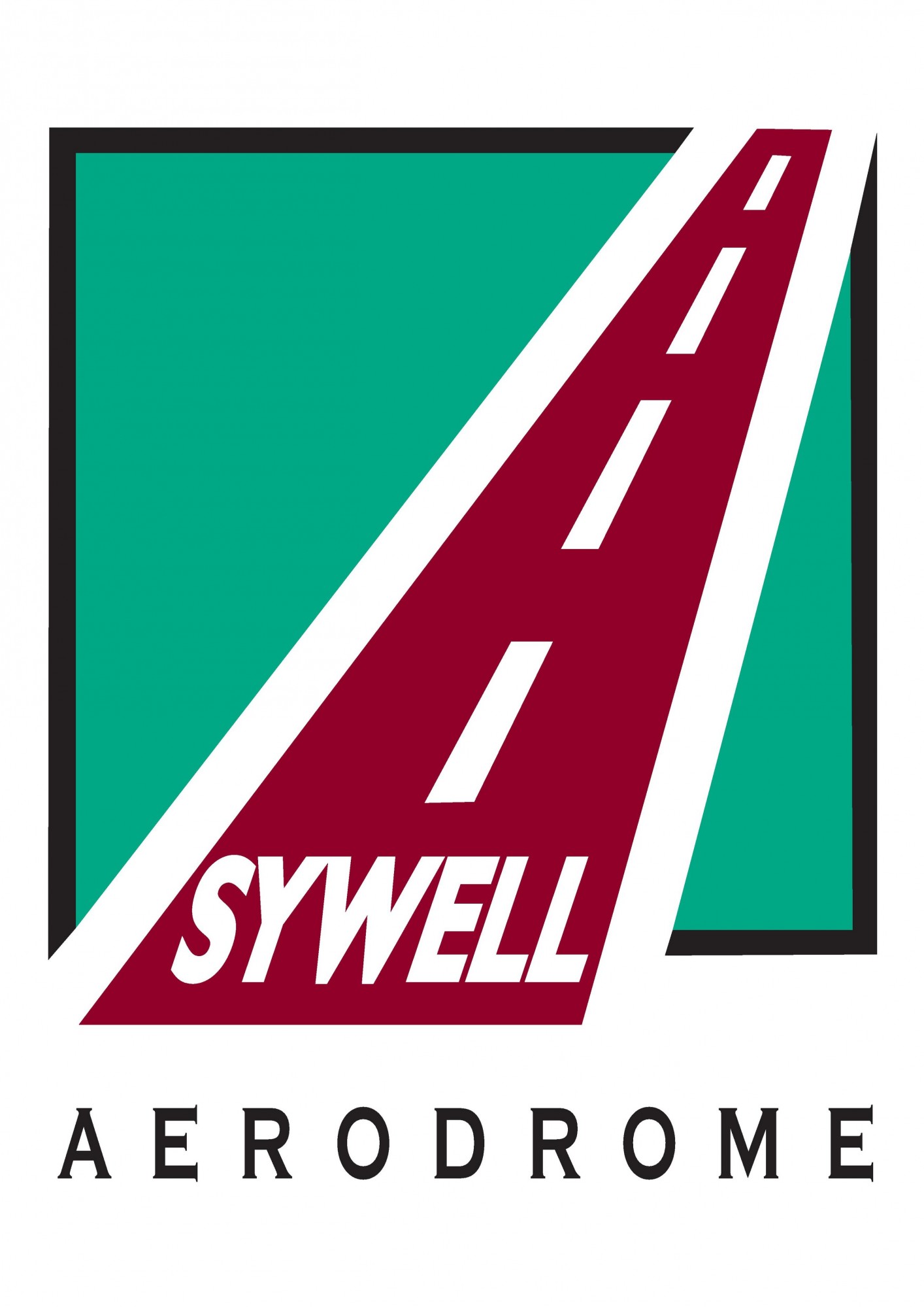1927
Sywell Aerodrome dates back to 1927 when local landowner, Mr Harold Brown, (the present MD’s grandfather) agreed to let 55 acres of his land off the Holcot Lane, adjacent the Belman Gate, to the Northamptonshire Aero Club founded by Jack and Geoffrey Linnell.
1928
There was a grand opening of the airfield by Air Marshal Sir Sefton Brancker at the First Great Aerial Pageant on Saturday 29th September 1928 attended by many local dignitaries and 3,000 spectators.
1929
The club then built a clubhouse and hangar and purchased a second hand Cirrus Moth, G-EBRX, in March 1929.
1929
The Second Great Aerial Pageant on Whitsun Monday, attended by many dignitaries, was a huge success with a crowd estimated to be in the order of 35,000. It was such a success this raised sufficient funds for the Club to sell its first aeroplane and purchase two new Gypsy Moths. By this time 14 aircraft of differing types were based at Sywell.
1929
The First Aerial Beagle Meet on 30th November 1929 arranged by Mr Noel Lloyd of Pipewell Hall, Master of the Pipewell Beagles.
1931
The First All Women’s Flying Meeting chaired by Mrs Harold Brown (the wife of the Club’s Landlord, Harold Brown) took place on Sunday 19th September 1931 opened by the famous lady aviator, the Duchess of Bedford.
1933
Work began on the construction of the new Clubhouse.
1933
On 17th September 1933 the Brooklands Flying School took-over flying operations at Sywell, later to be renamed Brooklands Aviation Ltd. Building works on hangars and offices continued on the Aerodrome.
1934
On 22nd April 1934 the new clubhouse (now known as the Aviator Hotel) was opened and in the June visited by HRH Edward the Prince of Wales.
1935
Sywell Aerodrome was responsible for building one of the first grass drying plants in the UK in 1935, which was operated by a subsidy company, the Northamptonshire Grass Drying Company run by Peter Bletsoe-Brown, son of Harold Brown.
1935
Civil RAF Flying Training School opened at Sywell (later known as 6 EFTS) operated under contract by Brooklands Aviation Ltd. The Clubhouse was extended with wings to accommodate RAF mess rooms. A school admin and instruction block was constructed with a room to house a Link Trainer to the South west of the Clubhouse.
1935
Amy Johnson visited Sywell Aerodrome in 1935 and a picture was taken of her with local school children. Later when they made the film ”Amy Johnson” another picture was taken with the actress playing the part of Amy Johnson and the then local school children. Both pictures are displayed in the Reception of the Aviator.
1939
The Wellington Hangar on the Holcot Lane was erected in 1939 as an RAF Repair Depot for Wellington Bombers. This also included the two large Hangars by the main Aerodrome entrance and the Bellman Hangar to the South, which was used for the assembly of engines.
1942
The Aerodrome included a satellite airfield between Denton and Brayfield, which the enemy tried to bomb. They never found Sywell due to its heavy camouflage, which also made it difficult for students to find at times.
1942
In 1942 the top secret Lancaster Factory was erected adjacent Hall Farm. Nearly 100 Mk 11 Lancaster Bombers with Bristol Hercules engines were built at Sywell between July 1942 and November 1943, this was a third of the total production of the Mk11 fleet.
1954
On 27th June 1954 Errol Flynn with his wife and Freda Jackson flew into Sywell for a visit. Over the years many famous people have used Sywell Aerodrome and continue to do so today
1958
In 1958 Derby Airways began operating Miles Marathon and Dakatos on a scheduled service to the Channel Islands. Avon Cosmetics were air freighted to the Continent and Phipps Electrical goods flown in on the return from Holland.
1965
In response to demand from operators, an application was submitted to construct a hard runway, which resulted in a Public inquiry in May 1965. At the end of the Inquiry the Inspector failed to deliver a conclusion.
1965
In July 1965 HRH Queen Elizabeth and HRH Prince Phillip flew into Sywell in an Andover of the Queens Flight. Unfortunately, on departure the aircraft had sunk a little in the soft grass requiring nearly full throttle before the aircraft lurched forward to taxi for take-off.
1968
By 1968 Sywell Motel has increased from three bedrooms to sixty bedrooms in response to local demand.
1977
In June 1977 on the site of the first landing at Sywell by Geoff & Jack Linnell in 1927, a toast was drunk was the Board of Directors "To the next 50 years".
1977
During the 60's and 70's the TT Disco & the Sweet Pea Disco in the Cockpit were "the place to be".
1995
The Board of Directors and shareholders approved "The 1995 Blueprint for the Future" which aimed to invest in the refurbishment of the Aerodrome buildings and infrastructure.
2000
The Aviator opened its new Art Deco Hotel rooms.
2001
Following an extensive renovation project, the former helicopter hangar was relaunched as "Hangar One" an exciting new events venue.
2001
The Sywell Aviation Museum was officially opened to the general public.
2005
Brooklands Flying Club was launched to continue pilot training at Sywell Aerodrome with the purchase of its first two AT-3 aircraft.
2005
Sywell opened its very own ESEA approved aircraft maintenance facility onsite "Brooklands Engineering"
2009
In December 2009 Sywell Aerodrome was presented with the AOA best General Aviation Airfield in the UK award.
2010
Sywell opened its new all weather concrete runway after a 13 year planning permission battle.
2019
Sywell Aerodrome is presented the AOA Best General Aviation Airfield in the UK award.
